In the Quad Cities, a metropolitan area that contains five cities and spans the Iowa-Illinois border, folks can get their news from the Quad Cities Times, The Dispatch Argus (under common ownership with the Quad Cities Times), WQAD (the local ABC affiliate), KWQC (the local NBC affiliate), and WVIK (the local NPR affiliate).
However, the Quad-City Times on Facebook has 76,000 followers, whereas the What’s Going on Quad Cities Facebook group started by Harold DeFrieze has 106,000.
This suggests that many people’s first engagement with news in this community comes not from a newspaper or a news program, but from a Facebook group.
Along with Dig-A-Hash co-founder Ryan Segura, DeFrieze also founded the new website for What’s Going on QC (sometimes described as What’s Going on Quad Cities) that grew out of his Facebook group.
Read more: The NFT market bubble has popped and we’ve got the charts to prove it
Dig-a-Hash describes itself as a “Decentralized Application (Dapp) specializing in Dynamic NFT Meta-Data.”
It claims, “We also offer unique freelance web development from our design studio, paired with budget-friendly web hosting.”
According to his LinkedIn, Segura, the technical director for What’s Going on QC, has previous experience in the crypto industry after serving as a “senior backend web 3 developer” for Blockchains, Inc. This firm intended to build a blockchain smart city in the desert of Nevada.
Joshua DeDecker, the other executive behind Dig-a-Hash, has less experience with cryptocurrency, focusing more on real estate, according to his LinkedIn.
He describes Dig-a-Hash as a firm that “focuses on solving challenges in real estate operations and property management” and builds “solutions for an industry with archaic processes by leveraging emerging technologies to reconstruct previously defined status quos.”
However, in an interview with Protos, Segura noted that he believes this technology has applications across many industries; currently, they are not working significantly on real estate, instead focusing more intensely on the ability for NFTs to be used in web development.
Read more: Lawsuit accuses ‘dangerous’ Character AI bot of causing teen’s death
What’s Going on QC purports to use Artificial Intelligence (AI) alongside Non-Fungible Tokens (NFTs) as fundamental parts of its infrastructure.
Segura told Protos that they use Artificial Intelligence across a wide swath of the website. It is used to help correct grammar and spelling, generate cover images, and is even used to help verify claims, with Segura noting that “the robot can go out and do deep web searches.”
AI is also important for smart contract development, with Segura noting that the technology has become “stellar at Solidity,” the principal coding language used for chains that use the Ethereum Virtual Machine.
This use of artificial intelligence is not noted on the website but was described in the earlier Quad City Times interview that Segura and DeFrieze gave.
Also not mentioned anywhere on the website is the fact that every single article posted there is also an NFT on the Polygon layer-2 network.
Read more: Just 5% of NFT traders make the vast majority of profits on OpenSea
However, a close review of Dig-a-Hash’s website notes under its Customer Case Studies section that What’s Going On Quad Cities was “created using NFTS as building blocks.” It additionally notes that DeFrieze’s business, The Dog Plex, also uses NFTs; specifically, it is “tokenizing dogs in NFT format.”
Additionally, Segura demonstrated to Protos how he creates each entry, adding an entry for “Putnam GIANT Screen” while we watched and discussed the various attributes that can be added and later updated.
All of these NFTs associated with What’s Going on QC have been transferred to a single address, 0x18582f2CA048ac5f22E5a64F92E8a7d7b1F806a4.
Why NFTs?
Perhaps the biggest question that we were left with when reviewing What’s Going on QC is “Why NFTs?”
The tokens aren’t currently being used to fundraise, aren’t mentioned on the website, and Dig-a-Hash specifically mentions how its tools make it possible to update the metadata of NFTs, meaning these projects are not relying on the relative immutability of the blockchain, except as an index of when this specific object was created.
Furthermore, Segura stated that there was no immediate plan to use NFTs for fundraising, stating that he couldn’t figure out why someone would want to buy one of them.
Segura, in his interview with Protos, explained that he believes that storing these objects on Polygon is cheaper than having to run individual Amazon Web Service (AWS) databases, and that doing it this way helps keep the hosting costs low.
He stated that the advantage of these articles being NFTs on Polygon is that he’s able to “create hundreds of records for 25 cents that will be there… until the blockchain dies.”
This is a very compelling offering for the web hosting they offer, even with what he described as some of the limitations of Polygon, including its relative slowness.
Additionally, Segura noted that the actual metadata for these NFTs isn’t stored on-chain and is instead stored in S3, because services like Arweave are far more costly.
Whether or not this low cost for storing these NFTs on Polygon will remain will depend on the relative demand for Polygon, and Segura himself believes that “adoption” is one of the biggest problems that crypto has left to solve.
He also noted that he believes the vast majority of chains, including Ethereum, are overpriced.


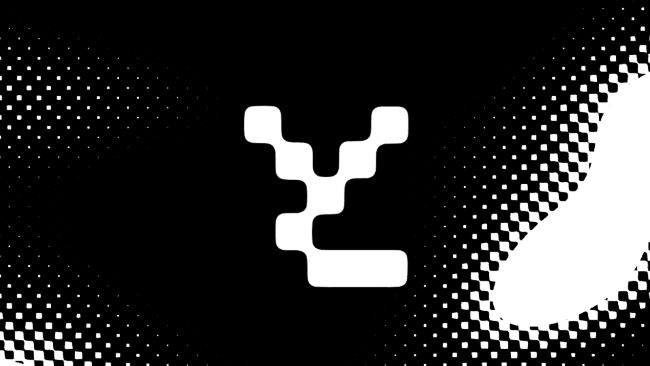
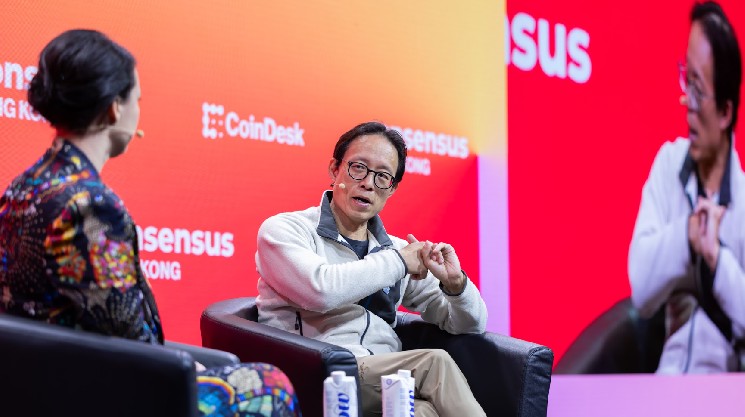




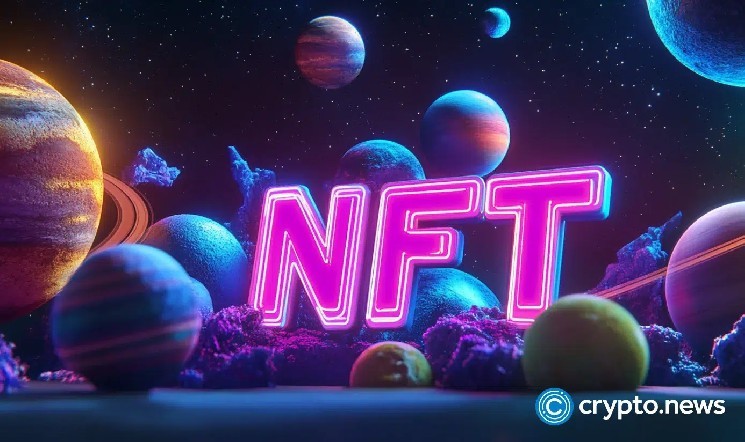
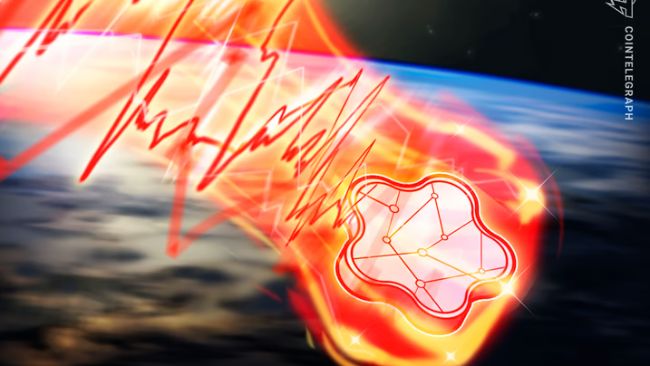
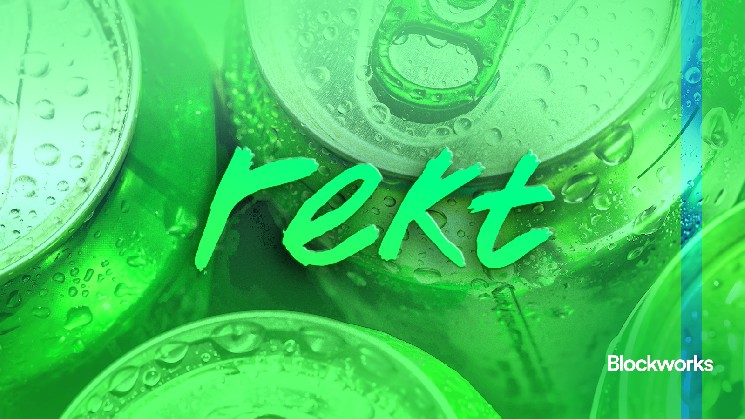




Leave a Reply